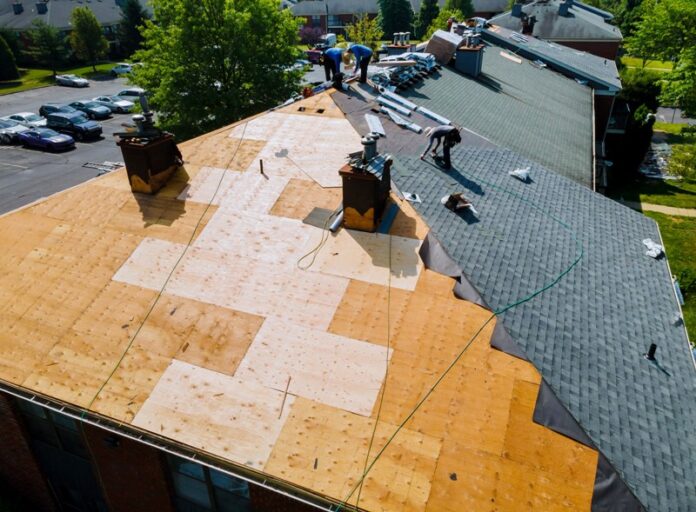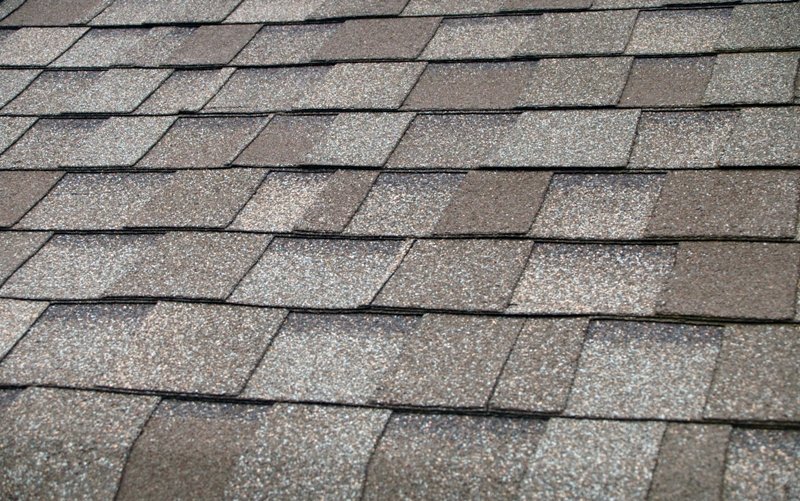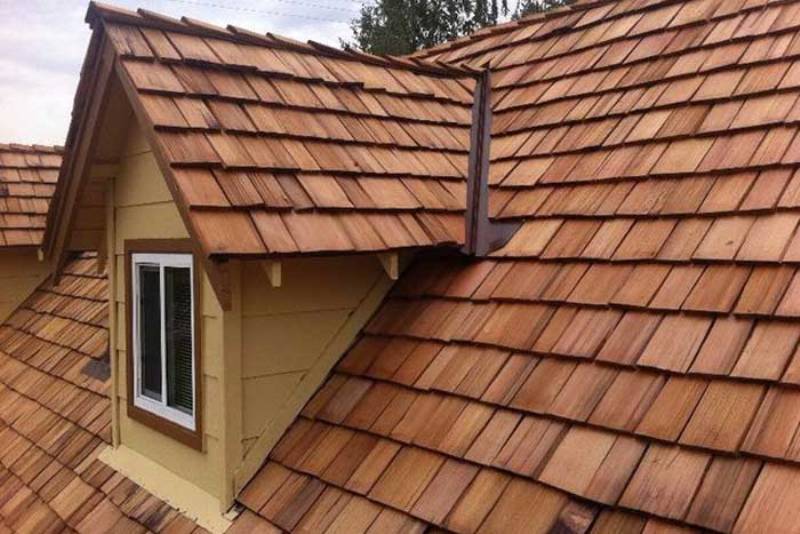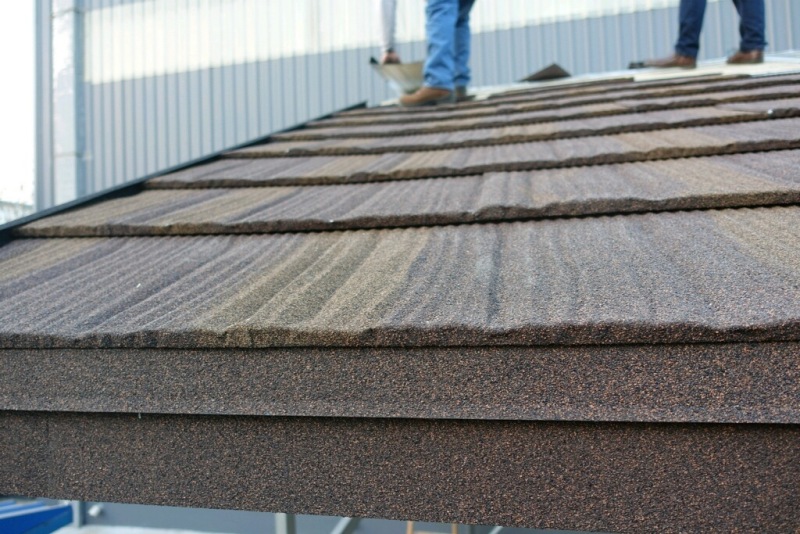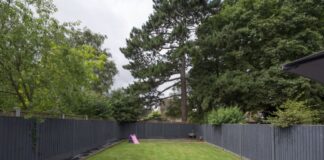Roofing materials have vastly improved and diversified over the years, giving you more choices today than ever before. When considering your roof replacement, take into account the importance of your roof, the criteria for selecting the proper roofing material, and run through a general overview of some of the most utilized advanced roofing systems available.
Asphalt and Asphalt Composite Shingles
Asphalt and asphalt composite shingles are the most common and the most affordable roofing material available. Usually, these are made of fiberglass base topped with asphalt and mineral granules, or they may consist of recycled paper combined with asphalt and covered with granules. This is the most widely used system by roofing companies, and it comes in a range of available colors. Shingles are very easy to install and when necessary, roof repair is quite manageable. Depending on the style chosen, asphalt shingles can last for a number of years, and when reinforced with organic materials or fiberglass, that lifespan can be increased through better durability.
Pros:
- Asphalt shingles are available in many colors to match the building. Because they are so popular, they are easy to find and replace. Plus, they make for a very affordable roofing system.
- Lighter-colored asphalt shingles can serve as a reflective surface to improve energy efficiency. And some shingles may even effectively emit light for even greater energy efficiency in your advanced roofing.
- Fiberglass shingles act as excellent fire protection and might even allow for a reduction in your homeowner’s insurance.
Cons:
- Asphalt shingles last about 20 to 25 years, which is not as long as other roofing materials so roof replacement will be more frequent.
- While they are good in a hot climate, they do not provide any insulation in and of themselves.
Wood Shingles and Shakes
Wood shingles and shakes offer a natural or rustic look to your residential roofing. While wood shingles are machine cut to be uniform and have clean edges with a smooth surface, wood shakes are hand-cut from wood blocks to get that natural split wood look.
Pros:
- A wood roof replacement can be done using any one of a variety of woods, like redwood, cedar, cypress, and pressure-treated pine.
- Wood shakes and shingles can outlast asphalt shingles by up to about a decade.
- Treated wood shingles provide a Class A fire rating, which may be good for a reduction on your home insurance.
- Wood shingles and shakes are fully recyclable, and many are produced from salvaged trees that have fallen during storms.
Cons:
- This kind of roof replacement is high-maintenance when untreated wood is used, as it requires regular cleaning to prevent moss or algae growth. As well, staining is common as the wood oils interact with the environment.
Concrete Tiles
Concrete roof tiles are produced using a lightweight concrete blend that gives them a rough finish but also makes them easy to install by your local roofers. Some contain wood or clay fibers incorporated into the concrete, which enhances strength without adding weight.
Pros:
- Concrete tiles may last for over 50 years before the need for a roof replacement arises.
- This roofing material resists fire and insects.
- Concrete roofing tiles are fully recyclable and are offered in a wide range of styles, textures, and colors.
- Like asphalt shingles, light-colored concrete tiles reflect sunlight for great home energy efficiency.
Cons:
- Concrete roofing tiles are lighter in weight than most other concrete, the tiles are heavier than most other advanced roofing materials, so added support framing may be required during a roof replacement.
Metal and Stone-Coated Metal
Metal roofing is possibly the most advanced roofing system available and it has come a long way since its first use. Today’s metal roofing is made of zinc, steel, copper, and aluminum, and its durability puts it in high demand. New metal roofing styles go beyond corrugated and a roof replacement can be completed in any color, style, or texture you might imagine. You can even find them stone-coated so they look like wood shakes, clay tiles, or asphalt shingles.
Pros:
- Durability is the primary benefit of metal roofing, as it can last for upwards of 50 to 100 years, often with a warranty of 30 to 50 years.
Many types of metal roofing have Class A fire ratings, so you can save on your homeowner’s insurance and feel safe against fire. - Most metal roofing material consists of recycled metals, and the roof itself is recyclable after use.
Metal roofing tends to shed snow and water very quickly, preventing ice dams from forming during winter cold snaps. - Most residential metal roof materials surpass strict building codes so it’s not a concern for metal roofing contractors.
Cons:
- Metal roofing is not the most affordable roofing material on the market, exceeding the price of asphalt and wood. This is particularly so for copper metal roofing. However, because this roofing system has a lifespan that can last up to three times longer than many other roofing styles, that’s the trade-off on price.
Speak to your roofing company about any local code requirements or restrictions, otherwise, you can choose your roofing replacement in just about any color, texture, and material. Many of today’s advanced roofing materials are recyclable and may contain recycled material, so they are helpful to the environment.
Professional roofing contractors can help to determine the best roofing material for your situation. We’re ready to provide you with a free estimate throughout Chicagoland.

